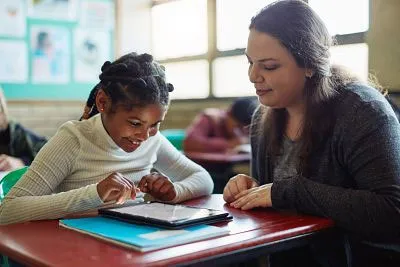- Universal screening (and progress monitoring) in both English and Spanish at no extra cost
- Includes both computer-adaptive tests (CATs) and curriculum-based measures (CBMs), so you can choose the assessments that work for you
- Linking studies prove alignment to state standards assessments, so you can accurately predict how students will perform on your state EOY exam
- Aligned to Renaissance’s learning progressions and integrated with Renaissance’s practice and instruction products to seamlessly connect screening with targeted skill-building
- Research-based, brief, valid, and reliable
Our mission
To accelerate learning for all children and adults of all ability levels and ethnic and social backgrounds worldwide.
Connect with us
Noteworthy


What Kids Are Reading: 2025 Edition
What are the most popular books at each grade level? Can just 15 minutes of daily reading significantly impact learning outcomes? Get the answers in the world’s largest annual study of K–12 student reading habits.
Download now











